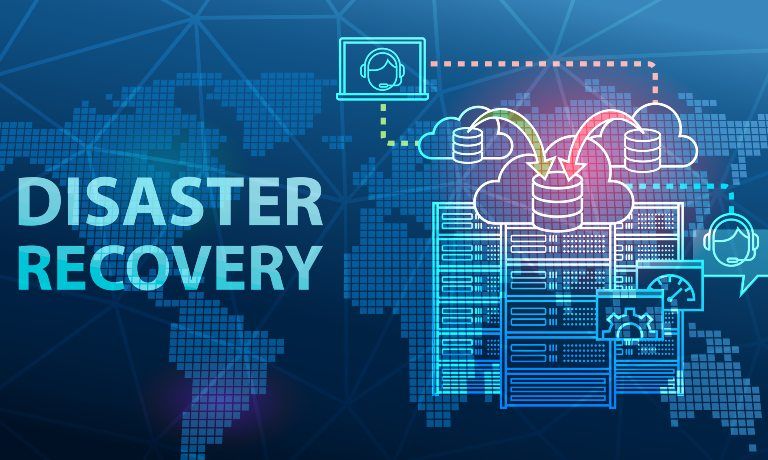Cyber Diasaster Recovery, In today’s increasingly digital landscape, businesses face an array of cyber threats that can disrupt operations and lead to significant financial losses. Cyber disaster recovery (CDR) has emerged as a critical component of risk management strategies, ensuring organizations can effectively respond to and recover from cyber incidents. This article delves into the importance of cyber disaster recovery, its key components, and best practices for implementation.
Understanding Cyber Disaster Recovery
Cyber disaster recovery refers to the strategies and processes organizations implement to protect and restore their IT systems, data, and operations following a cyberattack or other digital crisis. Unlike traditional disaster recovery, which may focus on natural disasters like floods or fires, CDR specifically addresses the unique challenges posed by cyber threats, such as ransomware attacks, data breaches, and system outages.
The goal of CDR is to minimize downtime, protect sensitive information, and ensure that critical business functions can continue in the face of adversity. A robust cyber disaster recovery plan is essential for maintaining customer trust and safeguarding an organization’s reputation.
Key Components of Cyber Disaster Recovery
- Risk Assessment: The first step in developing a CDR plan is conducting a thorough risk assessment. Organizations must identify potential cyber threats and vulnerabilities, evaluate their impact on business operations, and prioritize risks based on likelihood and potential damage.
- Data Backup and Recovery: Regularly backing up data is crucial for successful cyber disaster recovery. Organizations should implement automated backup solutions that store data securely, both on-site and in the cloud. Having a reliable backup system ensures that data can be quickly restored in the event of a cyber incident.
- Incident Response Plan: An effective incident response plan outlines the procedures to follow when a cyber threat is detected. This includes identifying key personnel, communication strategies, and specific actions to contain and mitigate the impact of the attack.
- Testing and Drills: Regularly testing the cyber disaster recovery plan through drills and simulations is vital for ensuring its effectiveness. These tests help identify gaps in the plan, allowing organizations to refine their response strategies and improve overall readiness.
- Employee Training: Human error is a significant factor in many cyber incidents. Providing ongoing training for employees on cybersecurity best practices, such as recognizing phishing attempts and safe browsing habits, is essential for reducing vulnerabilities.
- Compliance and Legal Considerations: Organizations must stay informed about relevant regulations and compliance requirements regarding data protection and incident reporting. Understanding legal obligations helps ensure that the CDR plan aligns with industry standards and avoids potential penalties.
Best Practices for Cyber Disaster Recovery
- Invest in Cybersecurity Solutions: Implement advanced cybersecurity technologies, such as firewalls, intrusion detection systems, and endpoint protection, to reduce the risk of cyber threats.
- Develop a Multi-layered Approach: A multi-layered security strategy combines various tools and practices to create a robust defense against cyber incidents. This includes physical security, network security, and application security.
- Create a Communication Plan: In the event of a cyber disaster, clear communication is essential. Establish a plan for internal and external communication to keep stakeholders informed and manage public relations effectively.
- Continuously Update the Plan: The cyber threat landscape is constantly evolving, and so should your disaster recovery plan. Regularly review and update the plan to address new threats, changes in technology, and lessons learned from past incidents.
Conclusion
Cyber disaster recovery is not just an IT concern; it is a critical aspect of overall business continuity. By implementing a comprehensive CDR plan, organizations can protect themselves against cyber threats, minimize downtime, and ensure a swift recovery in the event of a digital crisis. As cyber threats continue to grow in sophistication, investing in cyber disaster recovery is not only a wise decision—it is an essential one for safeguarding the future of any business.
You Might Also Like These:
disaster recovery cyber security
cyber security recovery plan sample

